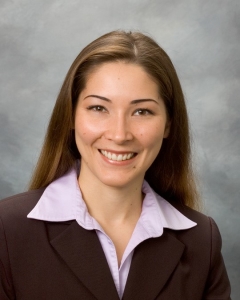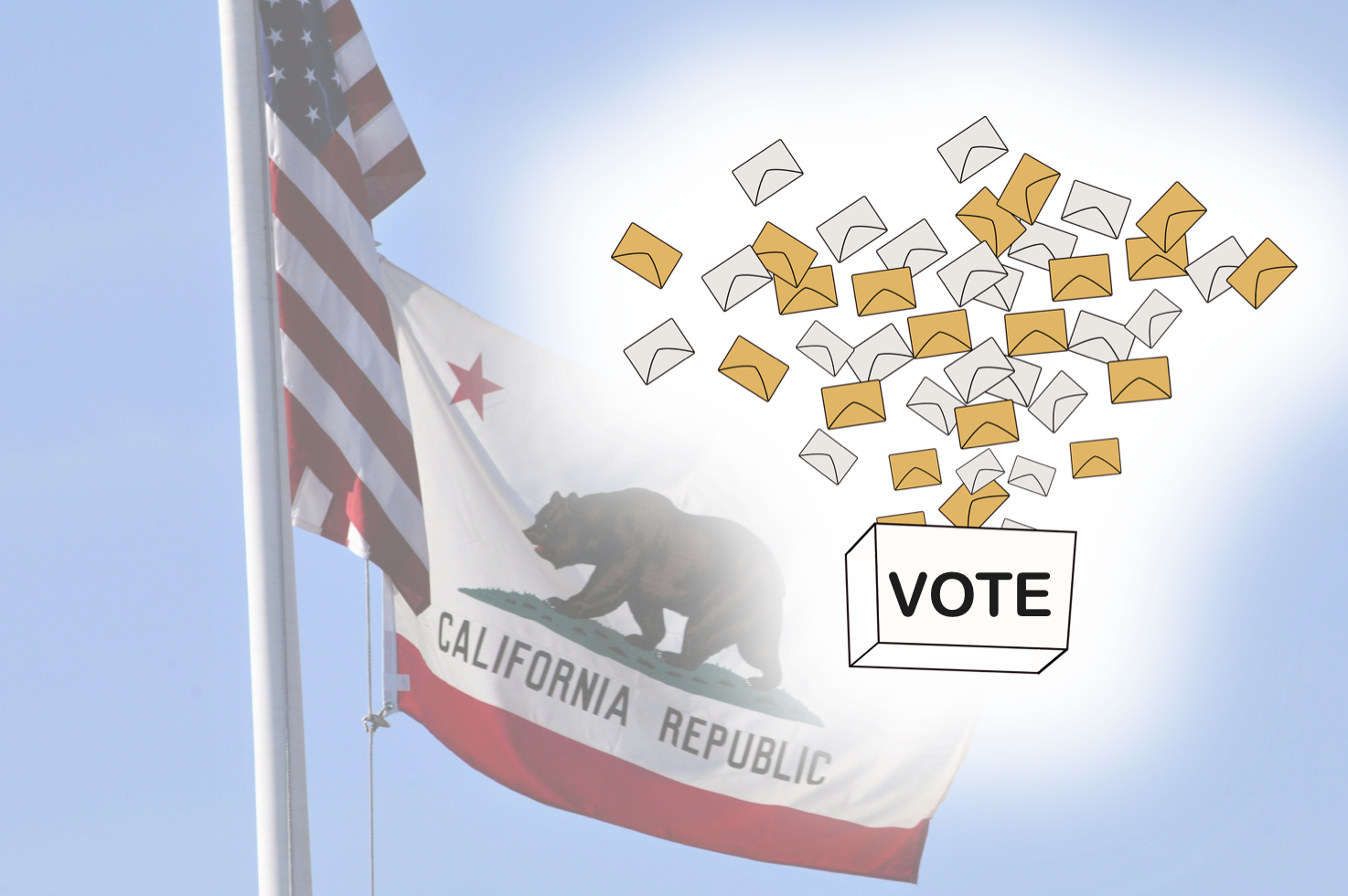By Sigrid K. Asmundson and William J. Priest, Best Best & Krieger.
An estimated 8.9 million people voted in California’s June 7 election, representing just under 50 percent of the entire voting-eligible population, according to news reports. The turnout seems quite remarkable compared to previous elections; especially since the Republican nomination was already clinched and the Democratic race was very close to the finish line.
California’s voter turnout hasn’t always been so high — only 31 percent of voters turned out for the 2012 primary. Looking for ways to engage more voters, the Legislature has passed laws seeking to better inform and engage the eligible voting population. While these new laws had little effect on the June primary turnout, they will change the political landscape in the longer term.
Assembly Bill 1461: California New Motor Voter Program
California received attention in October when Gov. Jerry Brown signed a new voter registration bill into law. It is aimed at streamlining the registration process to encourage more residents to take part in elections.
An estimated 7 million California residents are eligible to vote but were not registered, according to figures from the Secretary of State’s January 5 Report of Registration. Under the California New Motor Voter Program, which went into effect on Jan. 1, voting-eligible residents will automatically be registered to vote, unless they affirmatively opt out.
The law directs the Department of Motor Vehicles (DMV) to provide personal data already being collected during application processes to election officials. When residents apply for, renew or change information on their driver’s licenses or identification cards, the DMV will forward voting-eligible residents’ data to the Secretary of State’s office — the first step in an automated registration process. The information, including name, date of birth and address, will only be sent on with the applicant’s consent. The Secretary of State’s office will then verify citizenship and voter eligibility. If the applicant is eligible, he or she will be added to the electoral rolls, unless that person has affirmatively opted out of voter registration. Voters may cancel their registration at any time and may also change party affiliations whenever they request.
California follows Oregon as the nation’s second state to adopt an automated voter registration system.
Although the program is now law, it had little effect on June Primary Election turnout because implementing regulations had yet to be adopted and funding allocated to initiate the Program and transfer the necessary voter information. However, as the Program gets underway, this will certainly have a long-term impact on the voter registration rolls Statewide.
Assembly Bill 990: Political Advertisement Disclosures
The bill, sponsored by Assemblymember Susan Bonilla (D-Concord) and signed into law by Brown in October, sets requirements for clearer financial disclosure on campaign fliers so voters can more easily identify the party that paid for them. The transparency measure, added to the state’s Political Reform Act of 1974, went into effect immediately as an urgency statute.
The law tightens the guidelines regarding disclosure of independent expenditure advertisements. Disclosure statements, on campaign mailers, must be outlined in a bold box — located near the recipient’s name and address — and printed in at least a 14-point, bold font. Advertisements either supporting or opposing candidates that are paid for by independent expenditures must also include a declaration stating the piece was not authorized by the candidate or by a candidate-controlled committee.
Assembly Bill 1020: Voter Registration
This law helps prepare the State to deploy the federally mandated, computerized voter registration database — VoteCal — projected to be complete later this year. The project will replace California’s current system with a single, central and interactive database that will connect the Secretary of State with elections officers from all 58 counties and streamline the registration process.
AB 1020 allows residents 16 years and older the ability to preregister to vote in an election. The law also imposes new requirements on county officials regarding voters applying for confidential voter status. It, too, allows the Secretary of State to cancel a person’s registration if their mental incompetency is legally established, upon proof they are imprisoned or on parole for a felony conviction, or upon death. In those situations, where a court order determines whether one is qualified to vote (e.g.: felony conviction and imprisonment, mental competency, etc.) the courts will now be required to inform the Secretary of State’s office of a person’s disqualification – instead of the county elections officials. The courts must also inform the Secretary of State if a person’s right to vote has been restored.
Assembly Bill 1100: Ballot Initiatives Filing Fees
With Gov. Brown’s signature last September, California updated its Statewide ballot initiative filing fee for the first time in 72 years — increasing it from $200 to $2,000.
The ballot initiative fee of $200 was established in 1943 to cover costs to analyze and process Statewide initiatives. However, it’s main purpose was to discourage frivolous propositions. Bill authors, Assemblymember Evan Low (D-San Jose) and Assemblymember Richard Bloom (D-Santa Monica), introduced the legislation after the number of ballot initiatives for the November 2016 election continued to rise. By August 2015, 58 proposals had been submitted, including the so-called “Sodomite Suppression Act”, which brought the law makers’ attention to this issue. While the proposition calling for the killing of gay people was ultimately halted by a Sacramento County judge who found it “patently unconstitutional,” Low and Bloom moved forward with the legislation to reform the fee and prevent further frivolous filings.
“At the end of the day, if a proposal makes it to the ballot, the $2,000 fee would be refunded to the proponent,” Low said in a press release. “If a proponent feels strongly about a measure, a true grassroots campaign will find the means to pay the filing fee and get their proposal on the ballot,” he added.
Opponents of the law, however, argue the increase skews filings toward big-budget, corporate entities while leaving small, grassroots organizations and campaigns with a steep hill to climb.
The state’s elections laws are ever changing. With a movement toward computerized systems and efforts looking at moving toward all mail-in ballots for certain elections, laws will continue to adjust.
[divider] [/divider]
 William J. “Jim” Priest is of counsel to Best Best & Krieger. Based in the firm’s Ontario office, he exclusively represents public agencies through the firm’s Municipal Law practice group. Jim is well-versed in local elections laws such as recall procedures, campaign finances and election recounts. He is currently assisting numerous public entities with taxation measures, property assessments and utility rates. He can be reached at William.Priest@bbklaw.com.
William J. “Jim” Priest is of counsel to Best Best & Krieger. Based in the firm’s Ontario office, he exclusively represents public agencies through the firm’s Municipal Law practice group. Jim is well-versed in local elections laws such as recall procedures, campaign finances and election recounts. He is currently assisting numerous public entities with taxation measures, property assessments and utility rates. He can be reached at William.Priest@bbklaw.com.
 Sigrid K. Asmundson is part of Best Best & Krieger’s Municipal Law practice group in Sacramento and is of counsel to the firm. She serves as special counsel to multiple public agencies providing advice on various aspects of governing, including the Brown Act, conflict of interest and election laws, redevelopment agency dissolution and disclosure of public records. She can be reached at Sigrid.Asmundson@bbklaw.com.
Sigrid K. Asmundson is part of Best Best & Krieger’s Municipal Law practice group in Sacramento and is of counsel to the firm. She serves as special counsel to multiple public agencies providing advice on various aspects of governing, including the Brown Act, conflict of interest and election laws, redevelopment agency dissolution and disclosure of public records. She can be reached at Sigrid.Asmundson@bbklaw.com.





